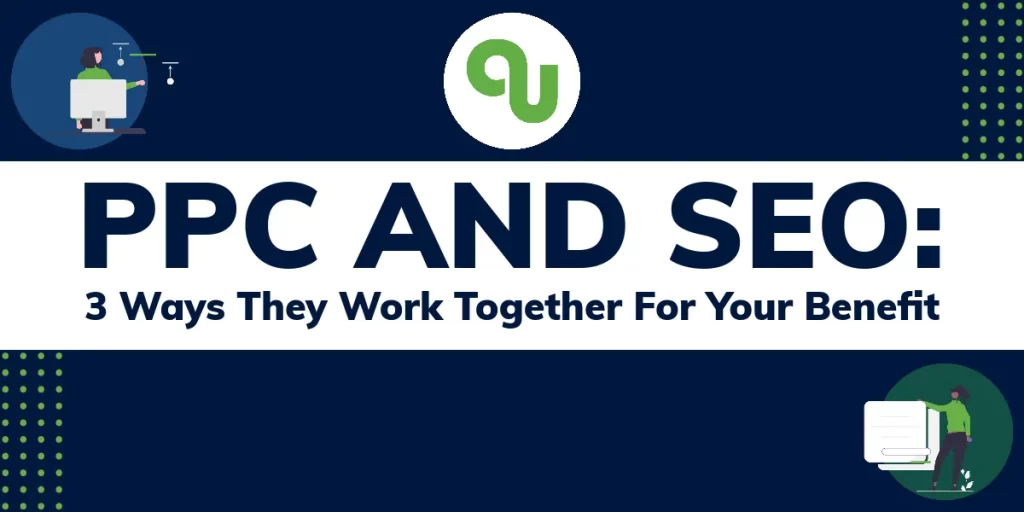6 Ways A Brand Manual Helps Your Business Succeed
Have you ever wondered, “Why is the brand identity for my business important?” Every business has a brand identity, which is simply its distinguishing character or personality (dictionary). How potential customers perceive this identity will determine whether they interact with the business. Knowing and understanding how to share what your company is about is imperative. Step one is knowing your brand identity; step two is documenting the guidelines for how it should look and feel in a brand manual. Here are six reasons why brand style guides matter.
1. Stay Consistent
The number one reason every business should have a brand manual can be summed up in one word: consistency. Your brand must look the same everywhere it is found to gain all the benefits listed below. It doesn’t matter if you’re starting your first business or have been in business for years. Having a brand style guide can help you gain brand awareness and grow your business.
2. Raise Brand Recognition
How many people haven’t heard of Target, Google, or Facebook? People pay more for a Tesla car or stand in line for hours (or days) to get a new Apple iPhone or Mac. People recognize the logos from Coke to Nike to Starbucks, whether they buy the product or not. This is brand recognition, and it helps people identify your brand no matter where they see it.


3. Create Professionalism
How your brand identity looks helps people understand how to feel about your company. From your content’s tone of voice to the color palette and font choice, your brand sets the perception of how people view you, your employees, and your products or services. Documenting your brand guidelines and then following those guidelines helps you come across as confident and decisive, giving potential customers assurance of your professionalism.
4. Add Value
When people have confidence in your company before even interacting with it, value is added to how you help them. This is called the ‘halo effect,’ a term used in marketing when talking about Customer Experience.
The halo effect is all about perceived value. If your brand is well done and cohesive, it will leave a strong, positive vibe. People often think better of your company and perceive more worth in what you offer. It also means they are willing to pay more for your product or service.
However, the halo effect can go the opposite way, too. A poorly managed brand identity could lower the value people see in your company. It could even reduce their trust in your expertise.
5. Laser Focus
Where there is no guidance on what your brand is about, it can be tempting to say yes to every opportunity you see. From adding new services to marketing your services, a brand style guide gives every action laser focus to use your resources wisely. You’ll have a better idea of where to aim your and your employees’ efforts to grow, add new services, and serve customers. When employees understand your brand identity, they’ll know what to bring to your attention. You’ll even know how to spend your marketing budget better.
6. Build Boundaries
Think of your brand style guide as providing boundaries for sharing your brand. The boundaries contained in your brand manual aren’t negative – they are necessary. Documenting your brand plays a critical role in many ways:
- Your employees spend less time communicating how to share your brand.
- Media and marketing agencies know what is acceptable when using your brand on any platform.
- Marketing and creative work such as designing a new website, digital or print ads, banners, postcards, etc., can take less time.
- Revisions can be reduced when the designer doesn’t have to guess how your brand should look.
- Sponsorships bring greater benefits when your brand is accurately portrayed.
A brand style guide gives you a one-stop place to help anyone share a cohesive message about your business.

Puzzle Pieces Of A Brand Manual
By now, I hope you understand why brand guidelines matter. Now it’s time to talk about what goes into the guidelines, which turns into your brand manual. There are the basics to include:
Font
Including font names with examples of the look and sizes of headers and body text for print or digital media. It is best to have a maximum of two fonts; typically, one would be for the logo and headers, with the other for the text body.
Logo
Every logo needs alternative looks and uses. What are the right colors, sizes, and alternatives for most situations (digital, print, stationery, website, business cards, social media, etc.)? What white space needs to be around the logo (with no other logos or text butting up to it)? Where and how can each variation be used? Consider adding some clear examples of how and how not to use your logo.
Color Palette
The specific colors you use by code designation, including CMYK, HEX, RGB, and Pantone Matching System (PMS). How should the colors be used? Do you want specific colors used for different products or services? Are there ways to avoid using the colors? If so, make it clear what is good and what is incorrect.
If you want to go the extra mile, here are some more things to consider documenting to assist the visual aspects of brand awareness:
Approved Images
The style of images that best portray your brand is a great way to extend the visual aspect of a brand manual. Hiring a professional photographer can give you more control over the images used to share your brand. Your marketing and design team will also love working with you.
Stylistic Guidelines
How should the design and graphics that represent your brand be made? How should documents, business cards, or other work be laid out? Google has a great example of this.

A brand style guide can and should also offer guidelines for the written aspects of your brand. These recommendations will help writers and editors understand how to infuse your brand’s tone and voice, editorial style, mission, and vision into:
- Ad copy
- Blog content
- E-books
- Emails
- Landing pages
- Paid or sponsored content
- Public relations talking points
- Radio scripts
- Slogan or tagline
- Social media posts
- Video scripts
- Visual media
- Website copy
- Whitepapers
Every part of your marketing will benefit from having a brand style guide to help tell the story and purpose of your business. Putting in the effort now will jump-start your brand-building journey. Art Unlimited can help you put the pieces together.




